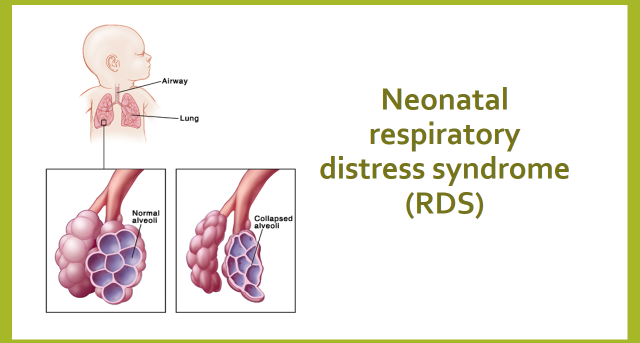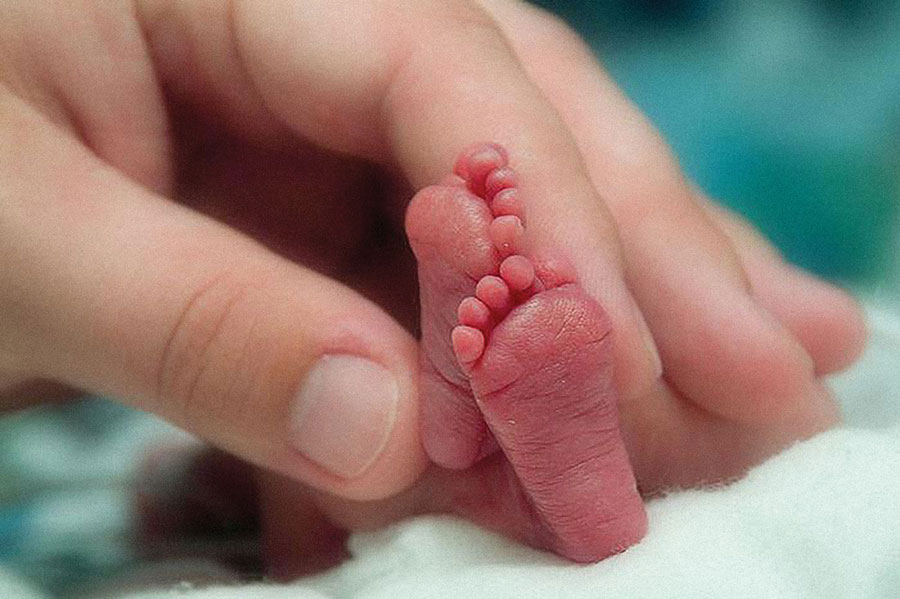Respiratory Distress Syndrome (RDS) is a serious condition that most often afflicts premature infants, although other babies can also have the condition. These infants are unable to breathe properly without oxygen and other medical interventions. The syndrome can be deadly, but with the right treatment, infants often survive and thrive. When RDS cannot be prevented, advanced medical treatments can often save the infant.
In addition, adults can suffer from this dangerous condition, Acute Respiratory Distress Syndrome (ARDS), most often afflicts patients with other underlying conditions. Both RDS and ARDS require immediate, expert treatment to prevent fatalities.
RDS CAUSES
Babies develop RDS when their lungs do not produce enough surfactant, a liquid produced by the lungs that keeps the airways, or alveoli, open, allowing the infants to breathe. When lungs have too little surfactant, the alveoli collapse after each breath the baby takes. The infants then have to struggle to take each breath and may become too exhausted to keep trying. Also, this lack of oxygen can cause acidosis, a buildup of acid in the blood, which can damage other body organs. An RDS baby needs help to survive.
The fetus begins to produce surfactant at around 26 weeks, so babies born before 28 weeks are particularly susceptible to RDS.
Adults usually develop ARDS due to an underlying condition such as heart disease, head and chest trauma, and sepsis. Tiny blood vessels in the lungs leak fluid into the alveoli, making breathing extremely difficult.
RDS SYMPTOMS
Babies with RDS usually show several symptoms, including blue skin tone, rapid breathing, chest retractions and flaring nostrils. Doctors take several factors into consideration before making this diagnosis. In addition to the baby’s appearance and breathing struggles, they will look at chest x-rays, blood gas tests and a heart ultrasound before making an official determination.
Adults with ARDS may experience extreme shortness of breath, low blood pressure, confusion, fatigue and rapid, troubled breathing.
RDS TREATMENTS
Doctors may insert a breathing tube into RDS babies, attach a respirator to breathe for the infant or use a continuous positive airway pressure machine (CPAP). These tiny patients may also receive surfactant replacement therapy, which uses an artificial surfactant. This substance is a powder mixed with sterile water and given to the baby through a breathing tube. It’s most effective when started within six hours of birth. Doctors may also give artificial surfactant as a preventative treatment to high-risk infants. Even with these treatments, the condition often becomes more severe during the first 48-72 hours after birth before it begins to improve.
For adults, treatment includes supplementing oxygen, either through a mask or by way of a ventilator. Their fluids are carefully managed to prevent additional stress on the lungs and other vital organs. They may also receive medications to treat possible side effects of ARDS.
RDS COMPLICATIONS
Some infants do develop serious complications from RDS, most involving air leaks from the lungs. Air may leak into the chest wall and the lungs’ outer tissues, into the sac around the heart, into the space behind the sternum and between the alveoli. On occasion, the patient can develop chronic lung disease.
Adults may also develop chronic lung disease as well as blood clots, infections and pulmonary scarring., all potentially life-threatening conditions.
RDS can be fatal for infants, but oxygen treatments and surfactant replacement can help many sufferers overcome this issue and completely recover. Since prematurity is the main cause of RDS, reducing the number of early births is the best prevention. However, in some instances, doctors can give women who are experiencing premature birth or who are at risk of it a corticosteroid injection to hasten the development of the baby’s lungs These sophisticated treatments greatly improve the odds for an RDS baby.
ARDS often proves fatal for adults, in part because many who are afflicted already have serious illness or injury. However, treatments have improved, allowing more ARDS sufferers to survive.
Brave Beginnings works to ensure hospitals across the country have the equipment they need to help preemies survive and thrive. Donate today to help us make sure any infants born with RDS can be treated with the best and most updated equipment.

